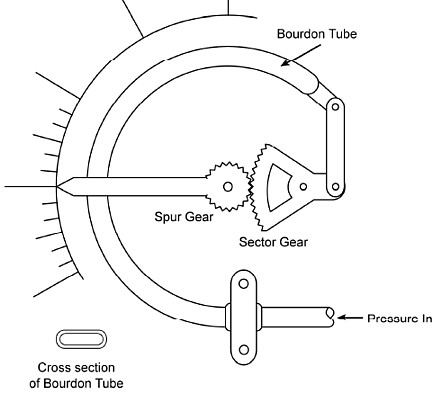goldriver
Junior Member level 2
We are in process of designing an automated fruit packaging system. Part of this system requires us to design a mechanism which converts rotatory motion into linear motion. Can someone with a mechanical background ,please guide me on how to design such a mechanism?. The mechanism will be controlled via a stepper motor which will move in steps ,few cms every time the stepper is given a command. We are looking for a cheap,reliable and quick solution which can be made with tinkering with junk or basic mechanical stuff.
